In Photos: 19th-Century Medical Texts
19th-Century Medicine
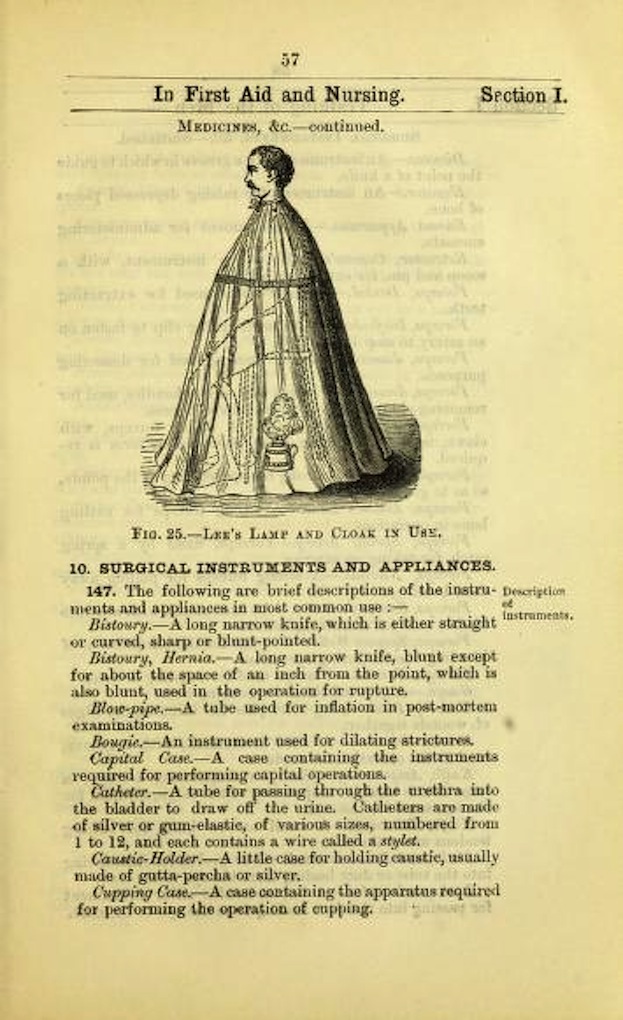
The 19th century was pivotal time in the history of medicine. In July 2014, the Wellcome Library announced that it would digitize more than 15 million pages of medical books and pamphlets published between 1800 and 1900 to help build up the U.K. Medical Heritage Library. Shown here is a man taking a "vapor bath" inside something called "Lee's apparatus" from the British Army's "Manual for the Medical Staff Corps" (1893). Click on the link in the image credit to view the whole text.
Gray's Arteries
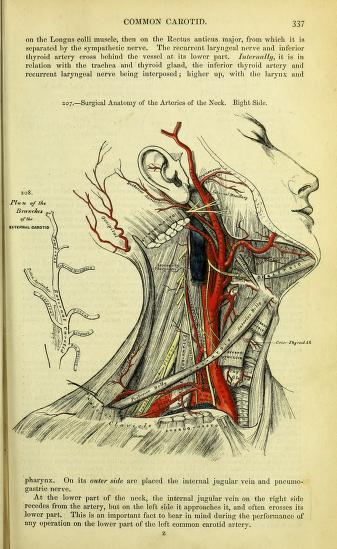
This is what a diagram of arteries in the human neck looked like in the 1860 British edition of Henry Gray's "Anatomy: Descriptive and Surgical."
Under the Skin

The muscles of the face as depicted in Gray's Anatomy (1860).
Hand Seat
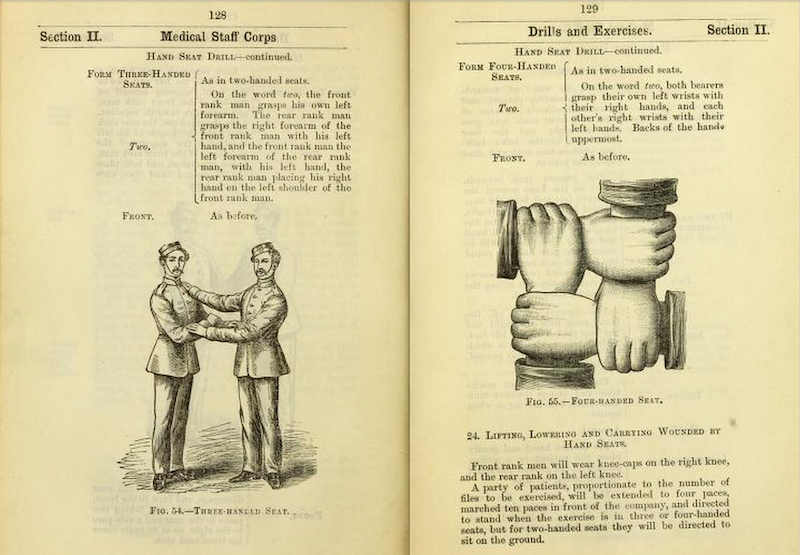
The British Army had very specific directions for how to make "hand seats" to carry the wounded without a stretcher. These pages are included in the "Manual for the Medical Staff Corps" (1893).
Ouch
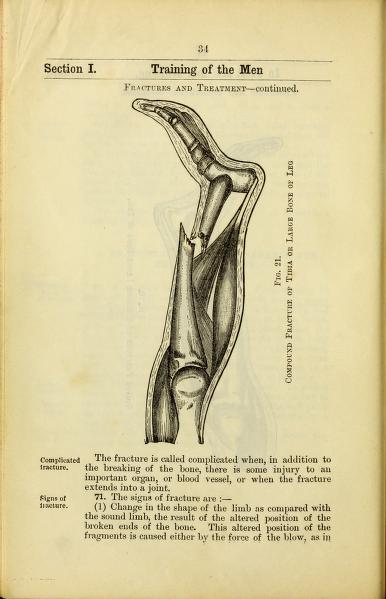
In case you can't tell you have a compound fracture by the protruding bone, the British Army has some tips for what to look for: a "change in the shape of the limb," "unnatural mobility," and "a peculiar grating sensation."
A Call for Dead Bodies
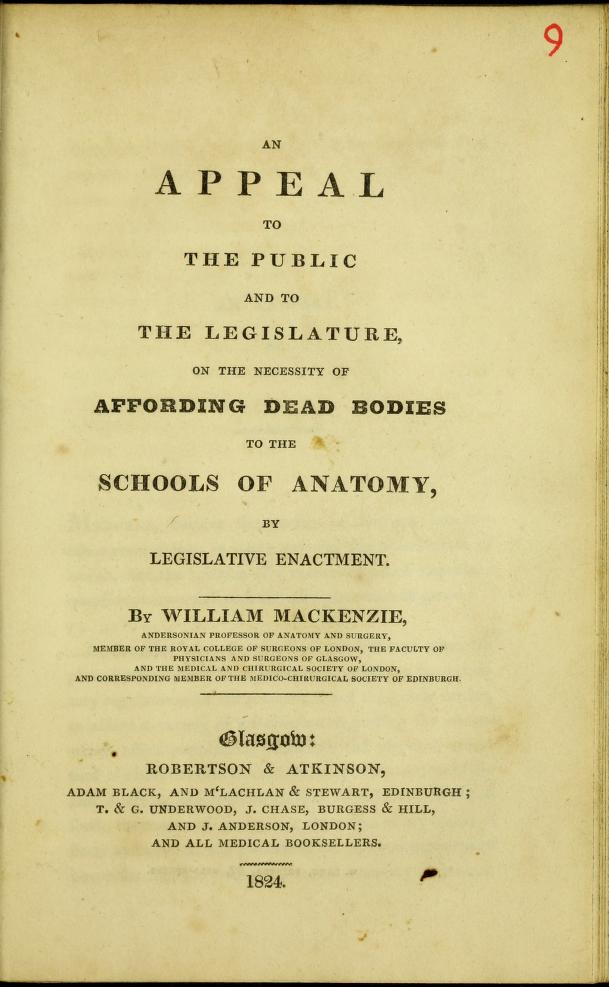
In 1824, William Mackenzie, a Scottish ophthalmologist, made a case for making dead bodies available to scientists.
'Uninformed' Hands
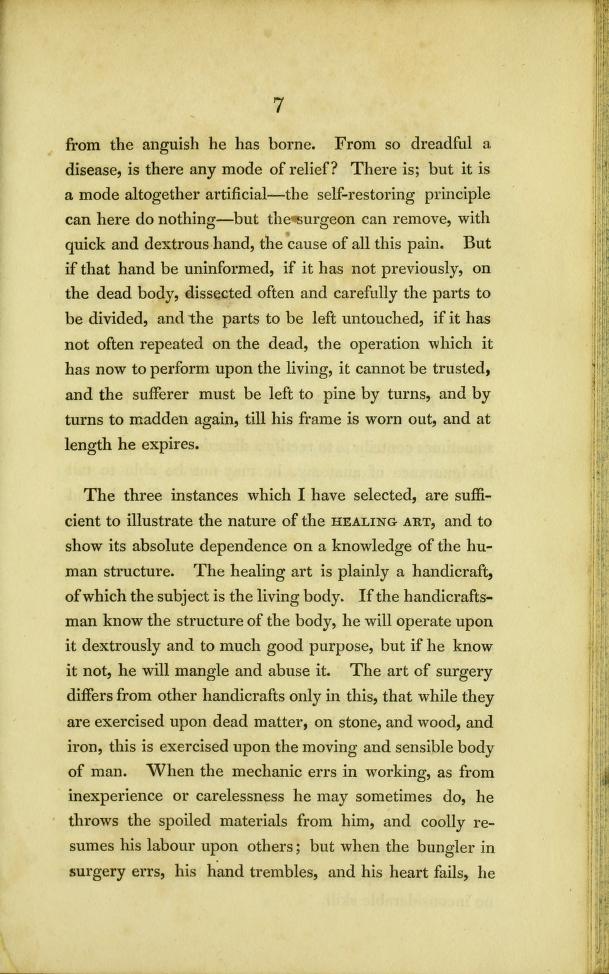
Mackenzie warns of the consequences of undergoing surgery with doctors who have little experience cutting up cadavers: "…if that hand be uniformed, if it has not previously, on the dead body, dissected often and carefully the parts to be divided, and the parts to be left untouched, if it has not often repeated on the dead, the operation which it has now to perform upon the living, it cannot be trusted."
Get the world’s most fascinating discoveries delivered straight to your inbox.
The Dark Side of Anatomy

The Wellcome Library also has in its collection a book about the trial of William Burke and his mistress, Helen McDougal, who were accused of killing several people and selling their bodies to an anatomist.
Haggis, Anyone?
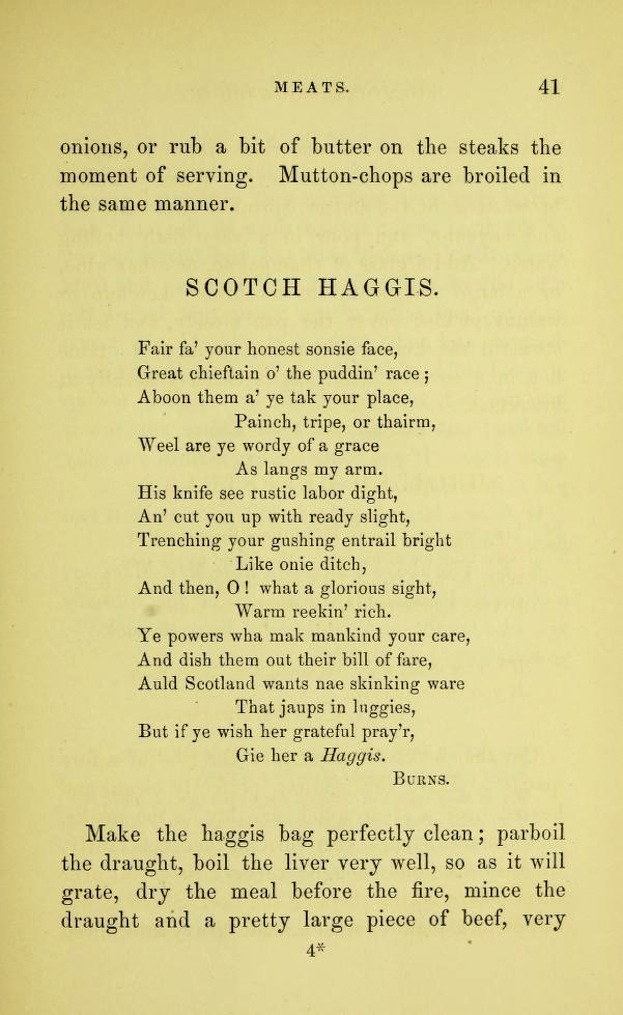
The U.K. Medical Heritage Library will include about 1,400 cookbooks from the University of Leeds. Shown here, an American text by Maria J. Moss called "A poetical cook-book" features verse alongside recipes for foods like haggis.

